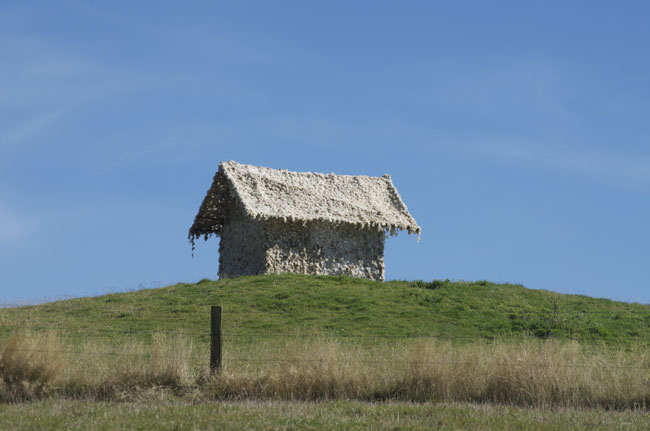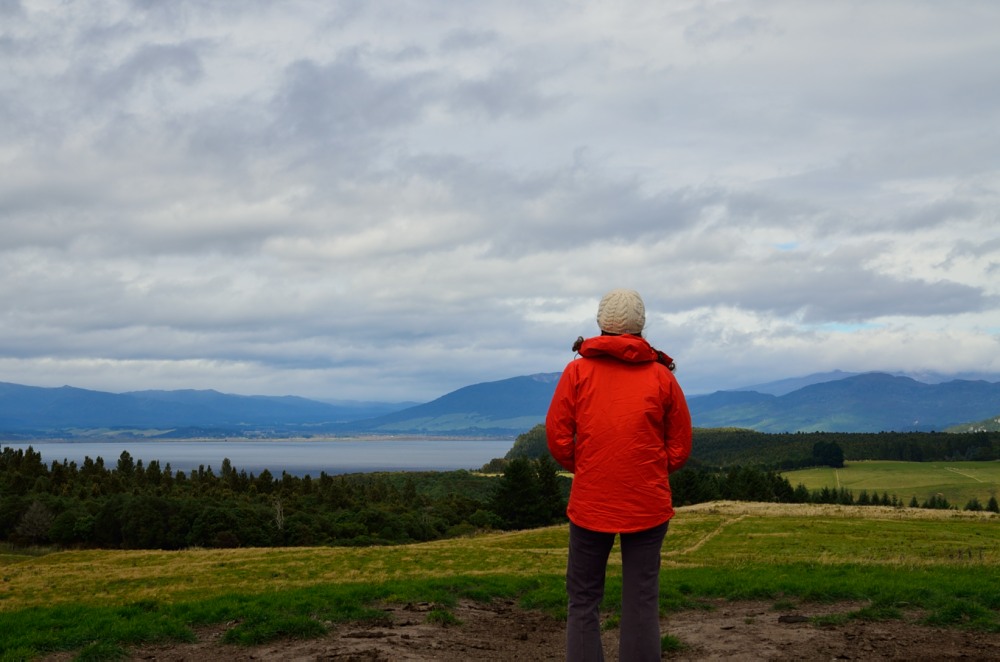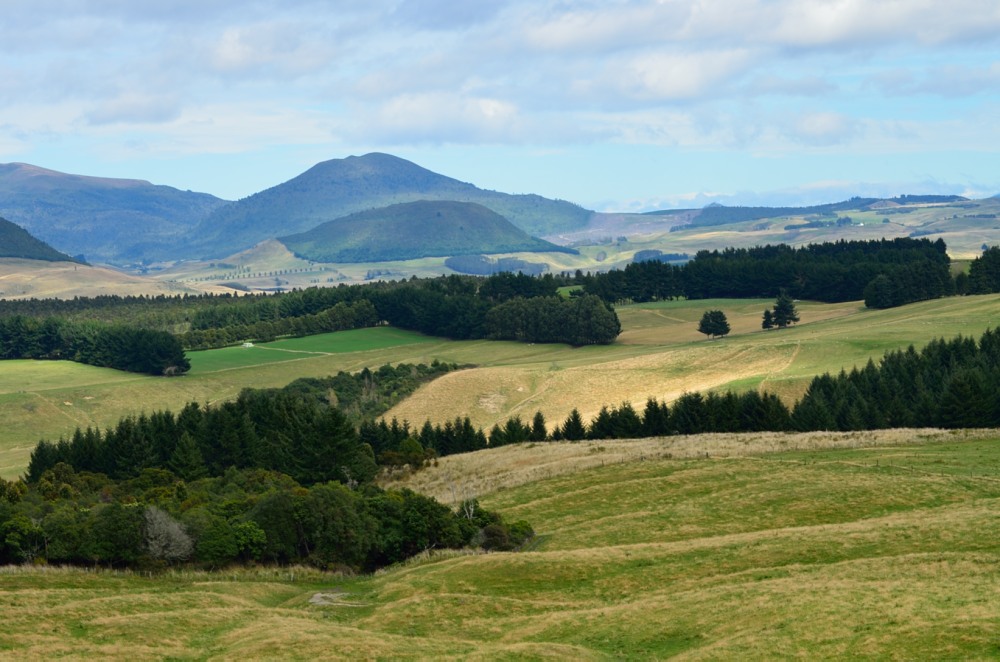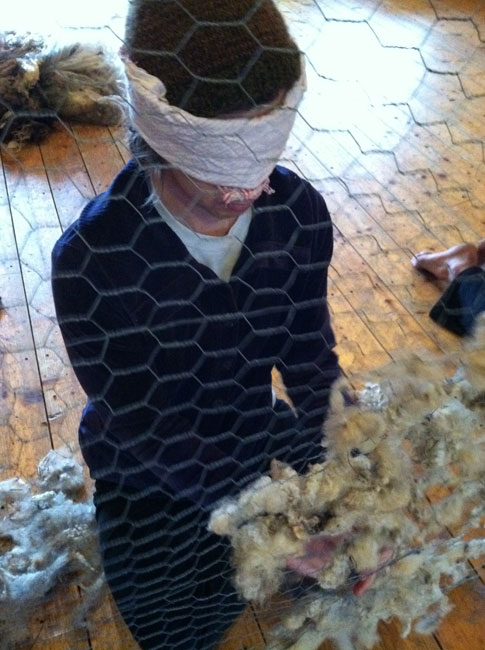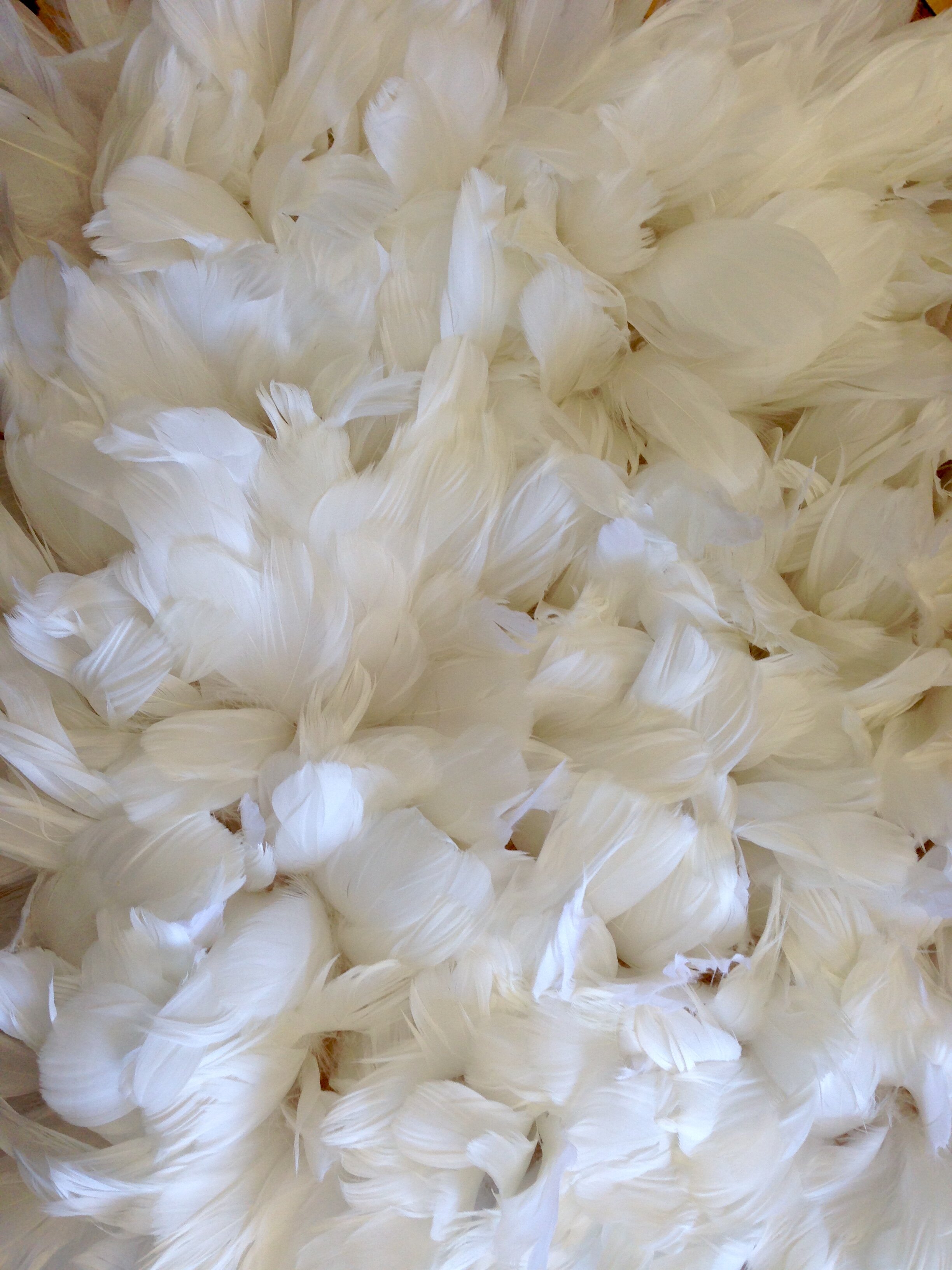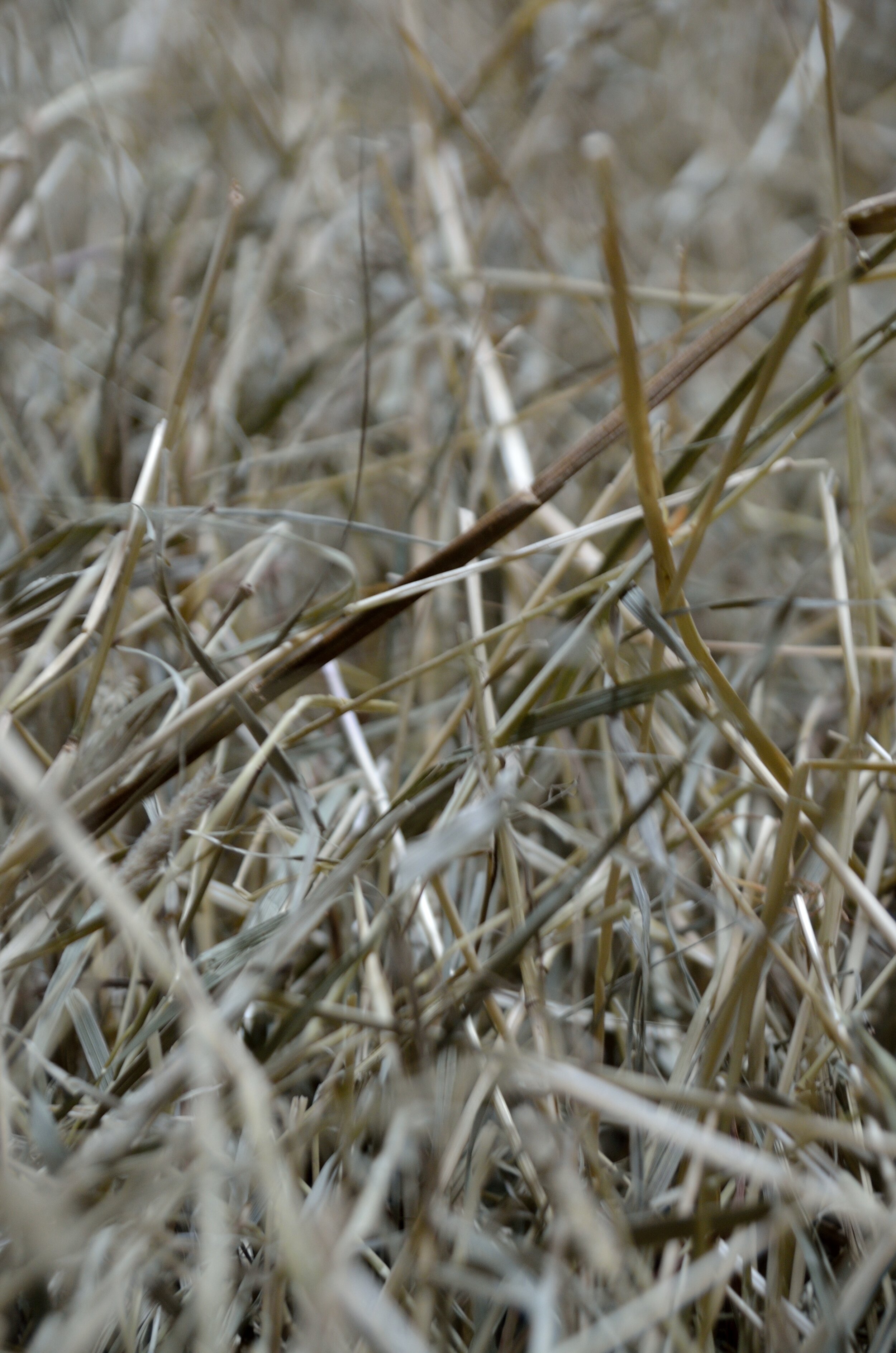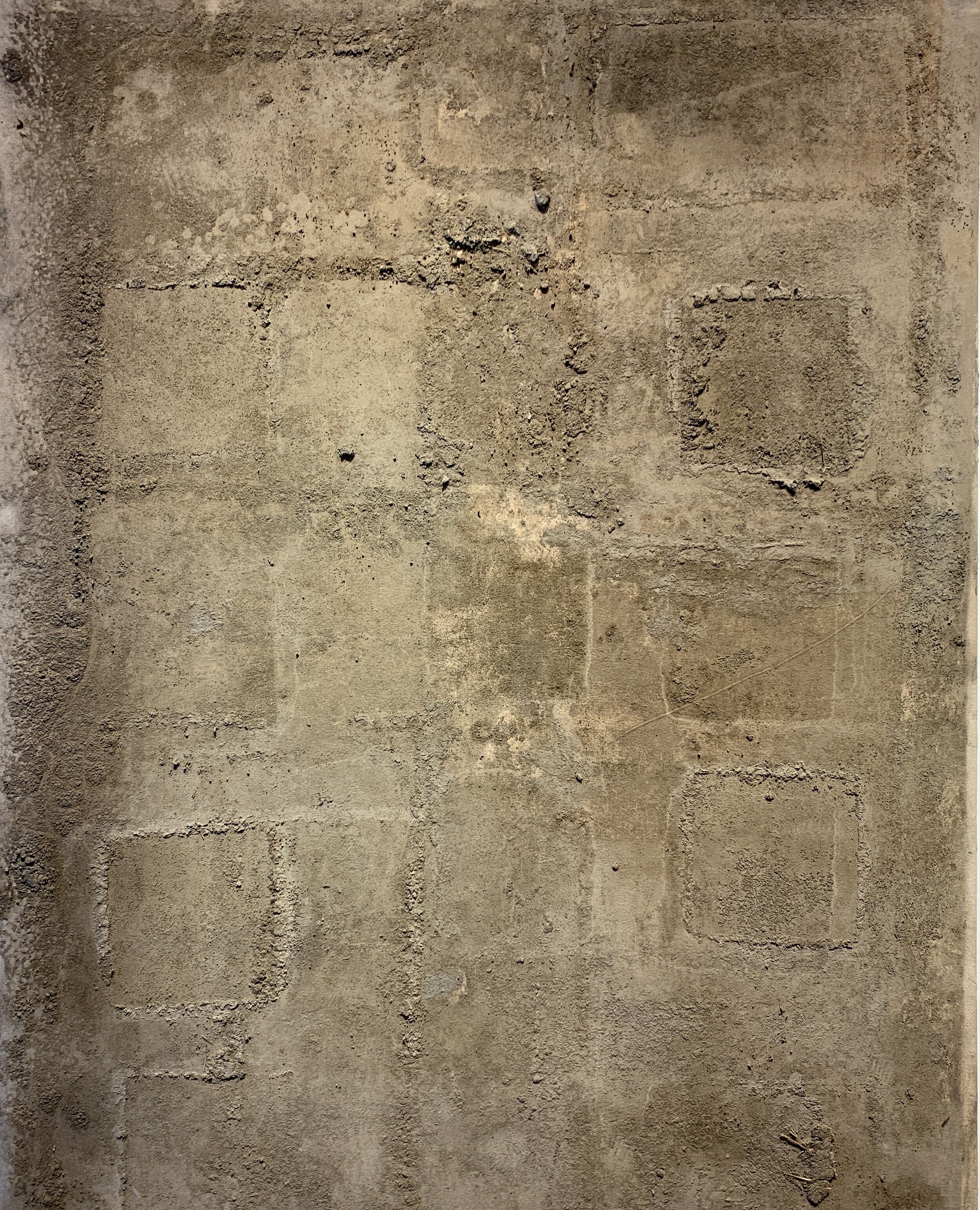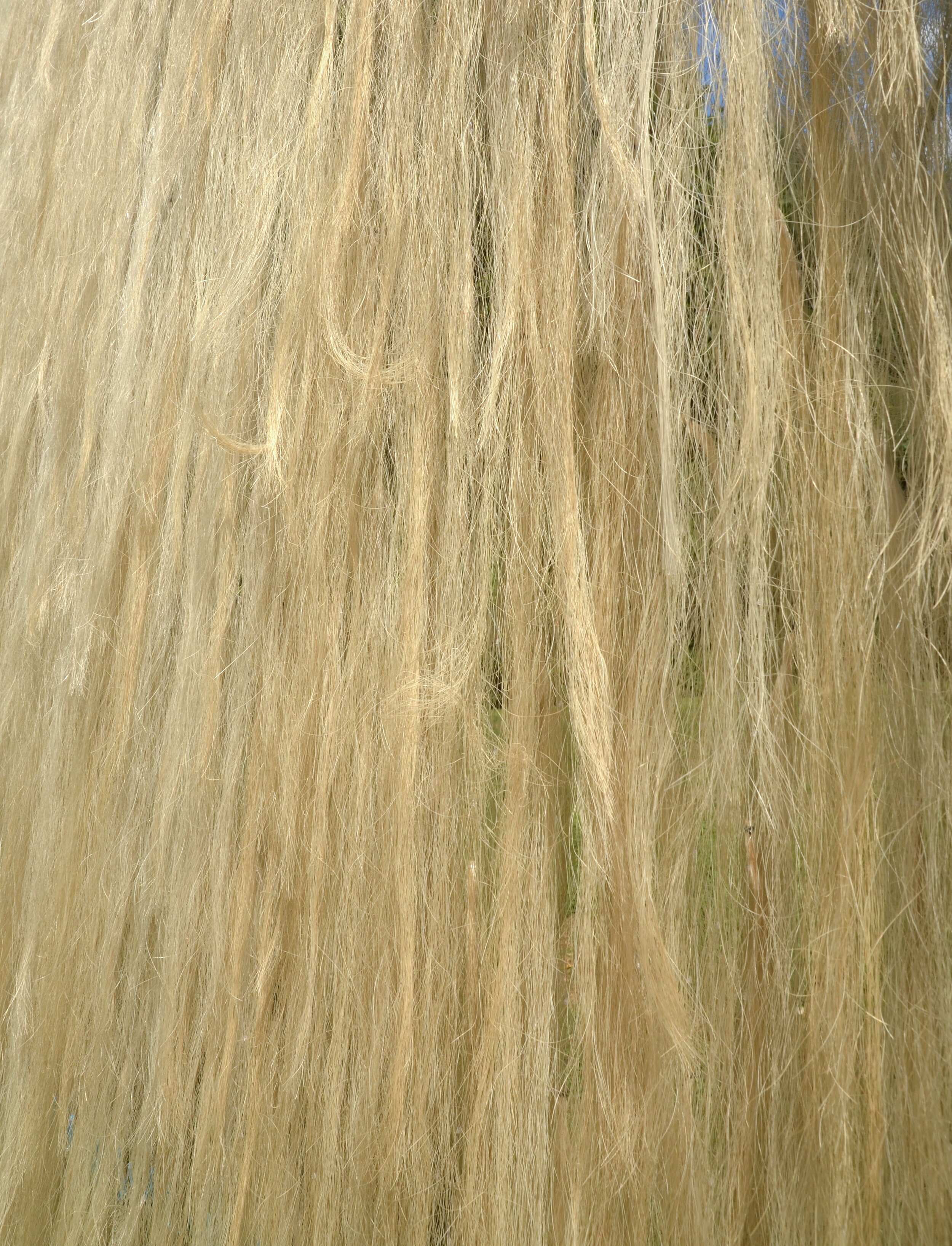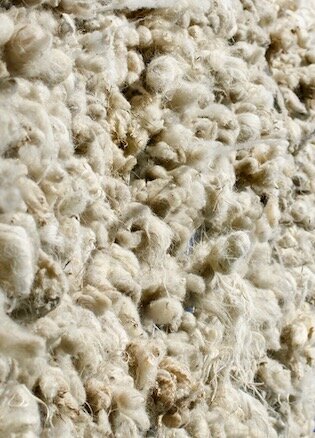Invested Landscape is a show my colleagues and I are curating at the Nave Gallery in Somerville Massachusetts this September. I know many of you out there have something to submit!
Boston Sculptors Gallery
I'd like to share some wonderful news. I have been accepted into the Boston Sculptors Gallery, joining an exceptional group of artists who show nationally and internationally. "Boston Sculptors is a landmark cooperative and has served as an alternative venue for exciting, innovative solo sculpture exhibitions since 1992" bsg.
Stag Heart

The Stag's Heart, monoprint on rag paper, 2012
It comes as no surprise to me that the heart shows up in my art.
When I was twenty my family sailed for two weeks on a beautiful large wooden sloop. There was a five year old french boy who lived on board. After his father caught the evening meal of Mahi-Mahi, Tutu called me over as the fish was gutted and held out his hand with the still beating heart. Wordlessly he put it in mine while I stood awestruck. It was warm, and for all purposes, a life form of its own. The next fall found me in the university anatomy lab standing over a cadaver studying the chambers and ventricles of the human heart.
It was rut season when I was in New Zealand and a hunter was a frequent visitor to the farm. Before he set out in the morning, I would ask him to bring back the heart for me. "Are you going to cook it?" was his response. Well...not exactly, but there is deep reverence in the act of printing the heart. A death mask, so to speak. The hunter eventually got his stag and presented me my heart, which was still warm in my hands. I instantly could hear the sound of water against the wooden sloop.

The Stag's Heart II, monoprint on rag paper, 2012
Thank you
A mountain of thank yous go out to my New Zealand family. There was an amazing amount of trust involved in the whole planning process. Our connection across the ethereal internet was both serendipitous and destined, as I could not have asked for a better situation to both live and work in. Meet the Truebridge family:James, Cam, Sue Yerex, Ben
My home away from home, James, Sue, Cam and Ben were night sky navigators of the southern hemisphere the first evening I arrived. They assisted and planned and explained and fed. During our time together the evening table was always filled with delicious food from their farm, but more importantly most days and nights family and guests graced the table with conversation, cultural comparisons and games.
The all important questions from the boys Ben and Cam sparked new ideas, and the everpresent grace of James and Sue reformed the concept of home for me. Always ready to help with process or fastening a corner, the Truebridge family are my collaborators. My most heartfelt thanks.
Individual artists need to develop a support team. Our business partners that give feedback,and encourage when needed in more ways than artistically. Caroline Robinson, an artist from New Zealand who builds large outdoor sculpture and urban planning, instantly became a part of my inspirational team. Our connection through sense of place helped ground me in this simultaneously familiar and foreign land. Please visit her website and follow her wonderful heart centered work. http://www.carolinerobinson.co.nz/
Process
Process is a big part of my work and this New Zealand installation was no different. The plan from the beginning was that there was no plan. I arrived in New Zealand with my favorite rigging knife and sketch book as my travelling studio. I spent the first few days on the farm, walking the land and searching for materials to use. There was wool of course, but that is only a fraction of the sculpture. Developing structure for a large installation out in the elements is an engineering challenge. I chose flexible bamboo cut from the back of the farm and flimsy silage netting for the siding. Both respond to the wind, which the open landscapes of the North Island had plenty of.
Cutting bamboo
James Truebridge and Sue Yerex helping with construction
Moving to its site
Literature plays important role in my work. You never know what you are going to read that will spark and subliminally feed an idea. TheBrendan Voyage by Tim Severin is a book I read before travelling to New Zealand that has nothing to do with sheep or art. The author researched ancient materials and built a boat out of flexible, strong wood and hide covered in lanolin, which he then sails following the charted course of the 6th century monk Saint Brendan the navigator from Ireland to find the new world. In this modern day reenactment the sailors rode in the boat like being in the belly of a beast, the flexibility and movement of the hide providing a malleable structure to ride out a storm that would have bashed in any rigid form. This became a constant vision in the back of my head while I wove Tika Whare. The structure needed to be both flexible and strong enough to ride out the wind waves that blew out of the south and rolled over the contours of the land. I needed to see the house breathe, to come alive as the wool responded to and exaggerated the flow of the wind. Tika Whare is a form of a land boat that I could live in.
Raising the roof
Getting the roof settled right with Roger
Every morning I was greeted by familiar calls of thousands of sheep that surrounded me while I worked in the paddocks contrasting with foreign (to me) New Zealand bird songs of the morning and the disorienting Southern Hemisphere night sky the evening before. Perhaps, in this foreign land I needed to build a home, a sanctuary that feels familiar. Or perhaps, with both children now gone off to college, I am revisiting the ephemeral concept of home/house/dwelling. The wool sanctuary I had created, will not last forever, the winds of the changing season will have their way with the flexible netting reminding me of the fragility of the idea of home.
taken while sitting inside
The formal structure of Tika Whare speaks of the colonizing of native New Zealand Maori who once lived on the land that I worked on. I started to notice patterns in Maori designs on weavings and paintings that mimicked the light reaching through the lacy leaves of nearby native bush (forest). This was replicated in the patterned effect of the sun coming through the roof and sides of the wool house.
Dawn
Tika Whare (True Home)
Tika Whare (pronounced Tika Phorae) in Maori means true home. If there is one thing I have found here in New Zealand is that your home is anywhere that you need it, it is always with you.
The Visiting House
Everyday out in the paddocks I have been visited by friends and extended family even though we are very isolated here. Today John, a neighboring farmer, brought over some beautiful fleece to be used in the installation. Yesterday, the extraordinary Caroline Robinson (New Zealand artist) visited with her daughter and while sheep grazed nearby we listened to her tell the children’s story of the felted house.
The roof is almost done and we will be raising it tomorrow. The netting sings to me as the wind blows through it, and the wool moves like a breathing animal. This home is alive.
New Materials, New Ideas
One of the wonderful things about traveling to another country and setting up an installation with none of your studio tools is the challenge to stretch your mind around unfamiliar materials. Bamboo, flax, and silage netting, all found on Te Hapua farm, are being used in place of my familiar lumber, stakes, chicken wire and nails.
Here is the wool bale they set aside for me.
The form I have chosen is a little woolen home that sits up on an exposed knoll overlooking the magnificent Lake Taupo and with views of the surrounding volcanoes. The sky is big here, and the land vast.
Meet my neighbors!
Shaking Hands
Ah, New Zealand. It is a hardy land. I am on north island in the Lake Taupo region on a large sheep and cattle farm called Te Hapua, and staying with the wonderful Truebridge family. The place where I rest my head is a campervan and my studio is the wool shed and paddocks. I am in heaven using the materials I find on the farm to create an installation of wool. But it is much more than that. It is watching the dogs rustle up the sheep from the hill paddocks in the early morning, witnessing the slaughter of our Easter lamb, or enjoying the dinner conversation of sharing the differences and similarities of our countries and lifestyles.
My first few days here have been about shaking hands with the environment and sussing out materials and design.
New Zealand
At the end of March I will be heading to North Island, New Zealand, for a self designed four week residency on a beautiful (7,000) sheep farm in the region of Lake Taupo. It is timed so they will be sheared while I am there. The landscape is breathtaking and the possibilities are endless!
Interns and letterpress
For a fundraiser for University of Massachusetts fine art scholarships, local artists have put together a portfolio of letterpress prints thanks to the generous work of Ali Osborn at Big Wheel Press in Northampton, MA. The following image is of the plate for my contribution titled Penelope's Sail on the beautiful press
And some images from the work at Double Edge Theatre interns. Look for the hand in the shadow work.
And a warm welcome to my enthusiatic intern Daniel from Hampshire College who works with me in the Amherst studio!
Set Design at Double Edge Theatre
This week I started teaching a new set design session for the winter interns at Double Edge Theatre. Sculpting blindfolded is always an adventure and takes the emphasis off design and puts us in an emotional response or touch responsive mode to the materials. The results are surprising, especially when the final product is not the sculpture itsef but the shadow it creates.
video of installation
Walling In from Nancy Milliken on Vimeo.
This video is a documentation of a public outdoor installation by Nancy Winship Milliken of a wool pasture fence surrounding sheep. This sensory oriented installation firmly roots the viewer with a sense of place. It intersects the convergence of man, nature the environment and art
Walling In is deinstalled
Just finishing with some lovely last snow shots by Jeff Derose
And then it came down, always a bittersweet moment.
First we needed to get the sheep back into the fold.
Thanks to Nicki Robb, Jeff Derose, Keith McCormick, all of the students at Hartsbrook school, Margot Milliken, and Sarah Bliss for all their help.
Snow in Hadley
I went to visit the wall today and found the snow brings about a whole different character to the installation. It levels everything out. It is wonderful to be working collaboratively with the elements. They bring about such surprises and gifts.





Bryan Nash Gill
This weekend we went to see our friend and colleague Bryan Nash Gill at his opening at Berkshire Museum in Pittsfield, Mass. His work is a result of his intimate interactions with nature.

This show will be up until May. The prints pictured here will be out this spring in book form.
inspiration
Inspiration comes to us at the most unexpected times, often years after the event occurs. It could be a conversation, an image in the paper, a statistic, or a refrain of music that drops in on us and feeds our work. In one instance, I was working in the field on my latest installation and my mind revisited a particularly moving performance that I watched two years ago of a contemporary ballet duet by Lar Lubovitch Dance Company at UMass Amherst. I have thought about the inspirational communication and expression that was exchanged between the two dancers as it applies to my own work. There is a dance between the materials and myself, the environmental factors and the installation, even the sheep and my work. Even though you cannot see the dance production, I would like to share the music and perhaps you can experience it through listening. Incipit Vita Nova, for Male Alto, Violin, Viola & Cello, Anne Marie Dryer.. album Bryars:Vita Nova. Enjoy
updated
 www.nancymilliken.com is now officially socially plugged in. You can follow news of upcoming events and inspirations on twitter, facebook, or rss feeds. If you have any questions or requests please contact me through this website.
www.nancymilliken.com is now officially socially plugged in. You can follow news of upcoming events and inspirations on twitter, facebook, or rss feeds. If you have any questions or requests please contact me through this website.
new images of Walling In
Walling In
Public Outdoor Art Installation by Nancy Winship Milliken
Day One
…… Before I built a wall I’d ask to know
what I was walling in or walling out…..
Robert Frost, Mending Wall
This sculptural event was installed for one month at the Hartbrook School in Hadley, Massachusetts, during which time the community participated in weaving wool into a wire substrate. Wind and rain will participate too, changing the character of the wall as the community is building it. The wire has been kept loose so that the wind creates a billowing and undulating affect as if the wall were alive. Eventually the fence will enclose sheep in their pasture and we will witness the sheep walled in a textural, familiar environs that they will blend in.
Photo by Jeff Derose
When the students at the school are introduced to something unexpected, like wool woven into chicken wire, the first question I inevitably hear is WHY?! I love this question, because it is one I ask of myself, and also one I answer with other questions, such as what if?.... What will it look like if we build a pasture fence out of the very material that is gathered from the sheep? What will the wind and rain do to it? Can the community build it too? And an idea blossoms into a material object that is textural, experiential and process oriented.
When I was in Wales I would walk over the land of the sheep farm where I was staying, and find tangled bits of wool in the landscape, clinging to wire, branches, crevices of rock walls; the residual history of the sheep in the landscape. Here, in New England, there are fences and walls of every type of material, protecting, containing, and delineating property and borders. These two thoughts are the germination of the project, but as with all art, it is only the beginning.
The sensory experience of feeling lanolin on one’s hands and smelling wool is as much a part of this art piece as looking at the texture and watching the wind play with tendrils of loose wool. On the first day of participation in this project the participants curious questions fell away as the experiential process of the installation answered the all- important question of why?














